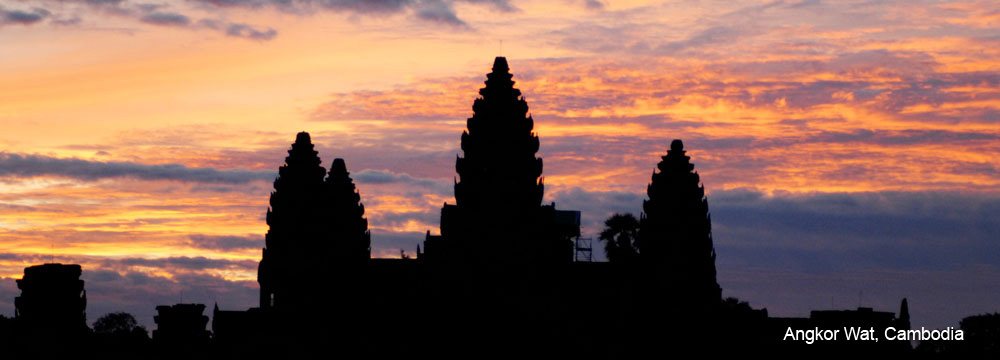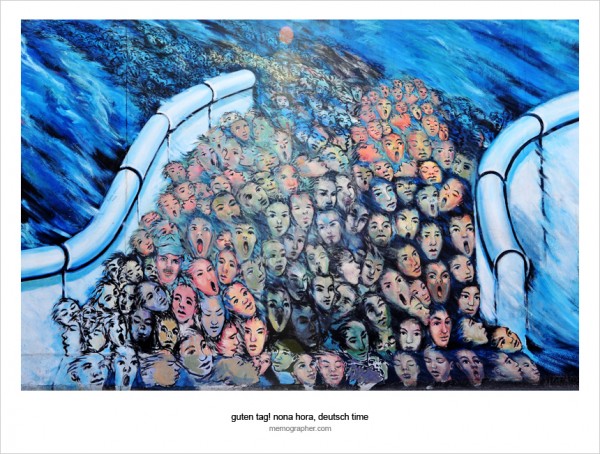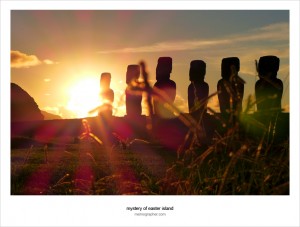The Berlin Wall was a barrier, more than 140 kilometres (87 mi) long, constructed by the German Democratic Republic (GDR, East Germany) starting on August 13, 1961, that completely cut off West Berlin from surrounding East Germany and from East Berlin. The Eastern Bloc claimed that the wall was erected to protect its population from fascist elements conspiring to prevent the “will of the people” in building a socialist state in East Germany. In practice, the Wall served to prevent the massive emigration and defection that marked Germany and the communist Eastern Bloc during the post-World War II period. Along with the separate and much longer Inner German border (IGB) that demarcated the border between East and West Germany, both borders came to symbolize the “Iron Curtain” that separated Western Europe and the Eastern Bloc during the Cold War.
Statistics on the number of people killed at the Wall vary. The state-funded Centre for Contemporary History (ZZF) in Potsdam has given the official figure of 136 deaths, including people attempting to escape, border guards, and innocent parties. However, researchers at the Checkpoint Charlie Museum put the toll at 238 and estimates more than 1,000 people were killed at the Wall and in the heavily fortified and mined former East-West German border between 1961 and 1989.
On November 9, 1989 the East German government announced that all GDR citizens could visit West Germany and West Berlin. Crowds of East Germans crossed and climbed onto the wall, joined by West Germans on the other side in a celebratory atmosphere. Over the next few weeks, a euphoric public and souvenir hunters chipped away parts of the wall; the governments later used industrial equipment to remove most of the rest. The fall of the Berlin Wall paved the way for German reunification, which was formally concluded on October 3, 1990.
Little is left of the Wall at its original site, which was destroyed almost everywhere. Three long sections are still standing: an 80-metre-long (260 ft) piece of the first (westernmost) wall at the Topography of Terror, site of the former Gestapo headquarters, half way between Checkpoint Charlie and Potsdamer Platz; a longer section of the second (easternmost) wall along the Spree River near the Oberbaumbrücke, nicknamed East Side Gallery; and a third section that is partly reconstructed, in the north at Bernauer Straße, which was turned into a memorial in 1999. Some other isolated fragments and a few watchtowers also remain in various parts of the city.
The East Side Gallery is an international memorial for freedom. The Gallery consists of 105 paintings by artists from all over the world, painted in 1990 on the east side of the Berlin Wall. It is possibly the largest and longest-lasting open air gallery in the world. Paintings from Jürgen Grosse alias INDIANO, Dimitri Vrubel, Siegfrid Santoni, Bodo Sperling, Kasra Alavi, Kani Alavi, Jim Avignon, Thierry Noir, Ingeborg Blumenthal, Ignasi Blanch i Gisbert, Kim Prisu, Hervé Morlay VR and others have followed.
The paintings at the East Side Gallery document the time of change and express the euphoria and great hopes for a better and free future for all people of the world.
Click on image to view full size.
“My God, Help Me to Survive This Deadly Love” became one of the best known works of graffiti art on the Berlin Wall. Vrubel created the painting in 1990. Along with other murals in the section, the painting continued in display after the wall was taken down, but vandalism and atmospheric conditions gradually led to its deterioration. In March 2009, the painting was destroyed, steamed off of the wall along with others to allow the original artists to repaint them with more durable paints.
The iconic photograph capturing the famed Kiss of Soviet Leader Brezhnev and East German President Honecker was snapped by Regis Bossu in East Berlin on October 7, 1979.























































HI Alex,
Wow, such a big difference to what I had seen. I wish I had seen them in such pristine state. Some one the photos are not longer there. Some of them are no longer recognizable due to vandalism and some maybe part of the wall that has been removed by a property developer. I hope the Artists Initiiative will be successful in restoring the murals and to protect them from further damage. Thanks for sharing your link an for beautiful photos.
Marisol@TravelingSolemates recently posted..The Murals on Berlin Wall’s East Side Gallery
Thank you, Marisol! Yes, the murals have to be restored again. And the Wall will need another wall for protection.